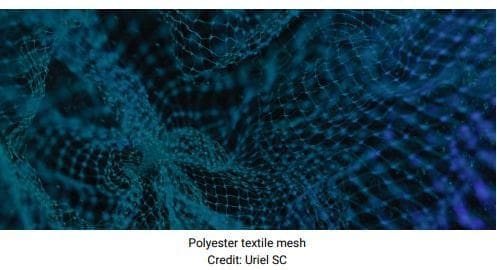Amsterdam – Today Fashion for Good and Textile Exchange
jointly release “The Textile Tracer Assessment”, a detailed guide
of physical tracer technologies applicable to the textile supply
chain. With the increasing importance placed on fibre
provenance, authenticity and production, and the growing
number of technologies available, the assessment provides
fashion ecosystem stakeholders with an overview to evaluate
and determine which tracer technologies would best suit their
sustainability and operational needs.
This guide assesses promising physical tracer technologies applicable for
improving traceability verification in the textile industry. Today, there is a lack
of reliable verification for fibres, materials, and finished products. Scaling and
further implementation of physical tracer technologies can help to address
key industry challenges for traceability and help authenticate sustainability
standards and certification.
The Textile Tracer Assessment is a tool for stakeholders across the supply
chain from suppliers, to brands, to certification bodies, who are motivated to
explore and implement physical tracer technologies to supplement existing
traceability models.
BENCHMARKING KEY TECHNOLOGIES
Tracer technologies are solutions that analyse the microparticle composition
of fibres, materials, and finished products (forensic tracers) OR apply tracer
substances at a certain point in the supply chain, to be detected later to verify
origin (additive tracers).
The forensic tracer category includes isotope/elemental profiling tracers and
DNA analysis tracers. The additive tracer category includes
synthetic/artificial DNA tracers, ink/rare earth fluorescent tracers, and optical
fingerprints (watermarks and prints).
STRENGTHENING VERIFICATION IN THE TEXTILE SUPPLY CHAIN
Current chain-of-custody processes fall short in physical/material
authentications which may lead to false claims and the sourcing of fibres and
materials with unchecked environmental risks. This report addresses the key
challenges in both categories of tracer technologies, as well as how and
where best they can be applied to strengthen chain-of-custody models and
fibre/material integrity.
Tracer technologies can only facilitate the flow of information, and thus
should be considered within a wider context of sustainability strategy.
Physical tracer technologies work best when implemented in tandem with
digital traceability, and are key to supplement site-level verification, and
transactional-level verification providing robust, holistic and future-proofed
traceability governance.
The Textile Tracer Assessment is just the start and will continue to expand –
Fashion for Good and Textile Exchange are calling all tracer technologies
related to the textile industry to join the Textile Tracer Assessment so that
new and existing technologies and capabilities can be updated and
showcased industry wide.

